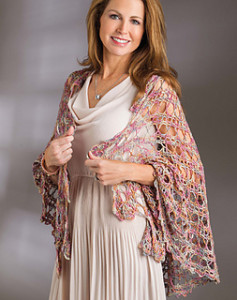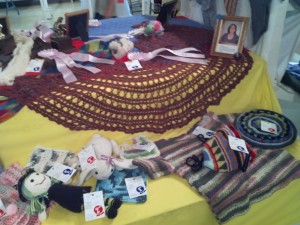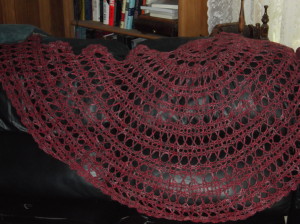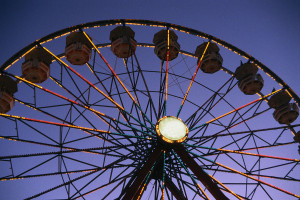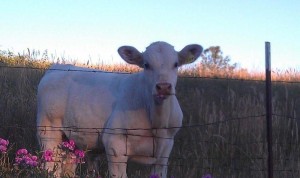 I have recently been asked to consider being a judge for fiber arts at a county fair in a community nearby. This would entail giving all entries within divisions and categories placement of at least first through third, and highlighting the best in shows. I am not sure how this offer might play out and if I will actually participate or not, but it did get me thinking. It is nearing the season of fairs and country competitions, and there are a couple of things that help a piece really stand out and become the grand prize.
I have recently been asked to consider being a judge for fiber arts at a county fair in a community nearby. This would entail giving all entries within divisions and categories placement of at least first through third, and highlighting the best in shows. I am not sure how this offer might play out and if I will actually participate or not, but it did get me thinking. It is nearing the season of fairs and country competitions, and there are a couple of things that help a piece really stand out and become the grand prize.
The biggest thing that sets one knit or crocheted item apart for the rest is the finish work. Each piece obviously has had hours of work placed in creating the stitches and putting the colors together; so the pieces that demonstrate the extra time worked in weaving in ends, in blocking, in finishing and edge creating take the edge.
 A judge should leave personal opinions aside, the colors you choose or the pattern you decide upon should not be a determining factor. The judging should be comprised of the skill and execution of your work itself. That is why these final touches makes such a difference.
A judge should leave personal opinions aside, the colors you choose or the pattern you decide upon should not be a determining factor. The judging should be comprised of the skill and execution of your work itself. That is why these final touches makes such a difference.
Another factor that curries favor in judging is taking the skill to another level. This could be adding bead work to your shawl, or adding buttons to your wrap. Taking a little extra to ensure that all your fine craft work does not just blend in, but stands out. Sometimes this is created in the yarn selection for your project. In just a simple shawl yarn choice can make a great difference, such as in the drape. A yarn with a lot of spring or bounce, such as a merino, will drape differently than a yarn that has no memory, like a silk or an alpaca. This can create a shawl that has a stand out personality, and possibly make it a winner.
Ultimately, I advise anyone and everyone to enter some type of competition if you ultimately want to improve your work. The best judges often provide feedback on your work, constructive criticism. If your competition allows for judging that is open to the public, attend. This is a tremendous opportunity to gain extra insight in your work and learn how you can take your work to the next level. Even hearing commentary on the work of others will help in the growth of knowledge of your own work.

